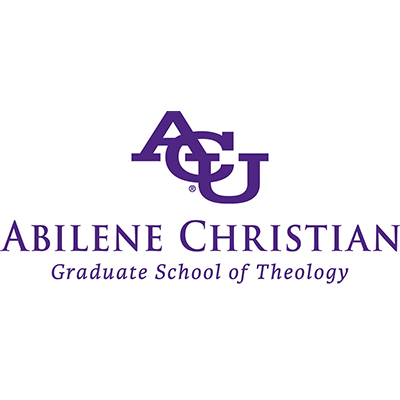Many historians ironically look to Fredrick Schleiermacher (1768–1834) as the father of modern practical theology and also the initiator of its demise as a discipline. Schleiermacher’s proposal is often summarized by the metaphor of a tree. The roots of the tree represent philosophical theology; the trunk, historical theology; and the crown, practical theology.
Practical theology served the clergy as a means by which the faith community might preserve its integrity and supply normative rules for carrying out the tasks of Christian ministry. Additionally, practical theology assessed the activities, procedures, and operations of the church’s ministry. Finally, practical theology provided the theory related to the praxis of the church’s leadership and conducive to the health of the faith community. Schleiermacher understood practical theology to be the theoretical undertaking of the tasks involved more so than the specific actions necessary to carry out those functions. He wanted to increase theological formation more than skills. For Schleiermacher, practical theology is not a cluster of proficiency courses or whatever is trendy in the churches, but an analysis of theological activity in the church in order to increase Christian faithfulness. His call was for greater accountability, not to skills, but to a theology of faithfulness of practice.
Yet, in the immediate years following Schleiermacher’s proposal, a split occurred between theory and practice yet again. Theology became a science that moved towards specialization of the discrete parts. Practical theology became the outworking rather than the source of theological understanding of practice. Much of the dissension was due to practical theology being too narrowly defined by the church of his day delimiting the subject to preaching the word and administering the sacraments. Through continued evolution, practical theology became divorced from the new movements of systematics and biblical studies.
The fault of the division does not rest in one camp or the other. Both share culpability. Practical theology did not develop into its own domain. It turned to the domains of social science for a source of knowledge. Practical theology allowed the social sciences to form rather than inform theology, thus increasing the study and acquisition of techniques. Homiletics turned to communication theory; Poimenics to psychology; catechetics to education theory, and so forth. The resulting split occurred between the domain of the professor and the domain of the clergy. Over time, the separation between theory and practice hardened because the huge increase in knowledge related to skills increased exponentially and no one person could claim expertise.
As the nineteenth century unfolded, a single core identity that connected church practice with Christianity (as defined by Schleiermacher) no longer provided unity for practical theology as a field of study. The ascertaining of how the nature of Christianity itself sets forth requirements, principles, and rules that preside over the church’s activities was lost. Practical theology broke apart into subdisciplines representing the discrete tasks of ministry.
Practical Theology = Five Traditional Subdisciplines
- Catechetics
- Homiletics
- Liturgics
- Poimenics (pastoral care and counseling)
- Jurisprudence (leadership)
+ Four Additional Fields
- Halieutics (missions and evangelism)
- Mystical Theology (spiritual formation and spirituality)
- Congregational Studies
- Works of Charity (ministries of justice and mercy or social ethics).
And at various times and in diverse ways, each of these subdisciplines lost their way in their reliance upon assorted and related social sciences. In the most recent past, practical theology became a synonym for pastoral theology or more precisely, pastoral care and counseling. The only choice for a doctoral student was to pursue a degree in one of the discrete subdisciplines. But even then, seminaries would often hire as professors to teach in these fields someone with a correlative degree in the social sciences. If a doctoral student wanted to concentrate on a holistic understanding of practical theology, the only degree possible was pastoral care. While some schools advertised leadership as the key component in their curriculum, the control of the social sciences in leadership studies exemplified [in my opinion] the worst-case scenario.
However, in the past few decades, the recovery of a holistic understanding of practical theology has returned to the seminary, literature, and by extension, the church. Practical theology is now a term that defines the aggregate of separate disciplines, each one with its specialists and auxiliary sciences. Currently, practical theology is informed by the social sciences but resists being formed by those disciplines. The organizing principles needed for integration among the collective subdisciplines revolve around theological core identity and method. While diverse interpretations and proposals are prevalent and healthy, it behooves faculties, students, and ministers to seek clear and concise articulations of their specific theological methods and core identities.
–For a more detailed account, see Tim Sensing, “Introduction,” in The Effective Practice of Ministry: Essays in Honor of Charles Siburt, ACU Press, 2013.
